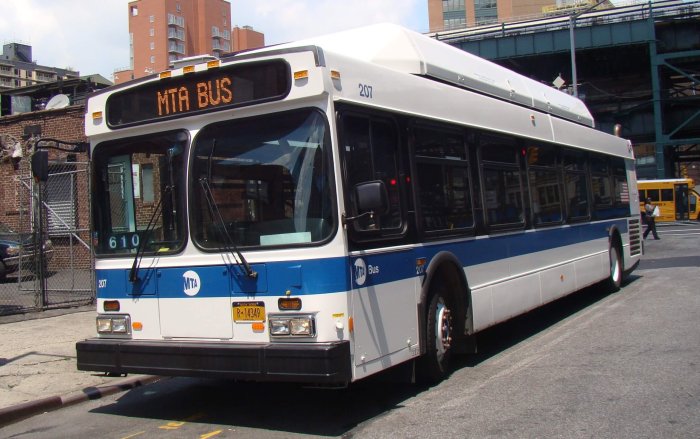By Cynthia Koons AND Tom Nicholson
Two Queens Councilmen railed against the Metropolitan Transportation Authority last week because of recent service shutdowns on the No. 7 line that have left many of their constituents without transportation.
Councilmen Eric Gioia (D-Sunnyside) and John Liu (D-Flushing) held a news conference Jan. 11, in which they called for the MTA to explain the erratic service on the No. 7 line in recent weeks.
“Seven weekends in a row the MTA has failed to provide service,” Gioia said. “There are 400,000 people each day who ride the No. 7 train and this has really caused problems for the people here who depend on that train to run. There should be more advance notice of the shutdowns and better communication with the public.”
But MTA officials defended the shutdowns, saying they are due to necessary maintenance work that’s being done on the No. 7 line. “That work is vital, it’s something that has to be done,” said Melissa Baldoe, an MTA spokeswoman. “There is work done each weekend to one of the lines — it’s not just the seven line.”
Baldoe said Gioia’s assertion that the No. 7 line has been shut down for seven consecutive weeks is untrue.
The most recent shutdown was due to the installation of a new switch on the line in Manhattan, Baldoe said.
“It has been shut down for the last three weekends, not seven consecutive weekends,” Baldoe said.
Baldoe said commuters should expect shutdowns in the coming weekends while painting and rehabilitation work on the No. 7 gets under way.
Liu, who chairs the city council’s Transportation Committee, said there are several issues plaguing the efficiency of the No. 7 subway line.
“There has been very inconsistent and erratic service along the No. 7 line as far back as memory serves,” he said. “The simplest issue is there’s not enough notice in advance. The vast bulk of the riders are not getting the information.”
In the early 1990s, he said the rail line was tied up with delays because of a track replacement project that required the MTA to eliminate express service through Queens.
“Right after that finished that they announced they had to do work along the Queens Boulevard Viaduct,” he said.
Those projects spanned the 1990s and prevented express service for nearly 10 years, he said.
“The question is: How much time does it take to do this work and how many times are we redoing work that wasn’t done properly?” Liu asked. “There needs to be more sensitivity for the reliance upon the subway service for people in the outer boroughs like Queens.”
Liu represents Flushing, where the No. 7 line ends. The Flushing Main Street station is considered the busiest subway stop in Queens and the fourth busiest station in the city.
“The attitude that weekend service is not as essential is an outdated concept,” he said. Many of his constituents use the subway on weekends for work, he added.
Of the press conference last weekend Liu said, “I hope that there will be a response (from the MTA) and a change in approach.”
Baldoe said the MTA gives commuters plenty of advance notice about service shutdowns and disputed the councilmen’s claims that MTA was unresponsive to their queries.
“Service interruptions are advertised three weeks in advance in newspapers, ads placed at the stations and on television,” Baldoe said. “The councilmen said there should be more direct communication, but they’ve never contacted this office about this.”
Also speaking out at the press conference was Tom Finkelpearl, executive director of the Queens Museum of Art, who said the museum has suffered because of the No. 7 train shutdowns.
“Attendance at the (museum) is adversely effected,” Finkelpearl said. “More advance information from the MTA about any long-term shutdowns would help us in scheduling events and staff.”
Reach Reporter Tom Nicholson by e-mail at news@timesledger.com or by calling 718-229-0300, Ext. 157.


































